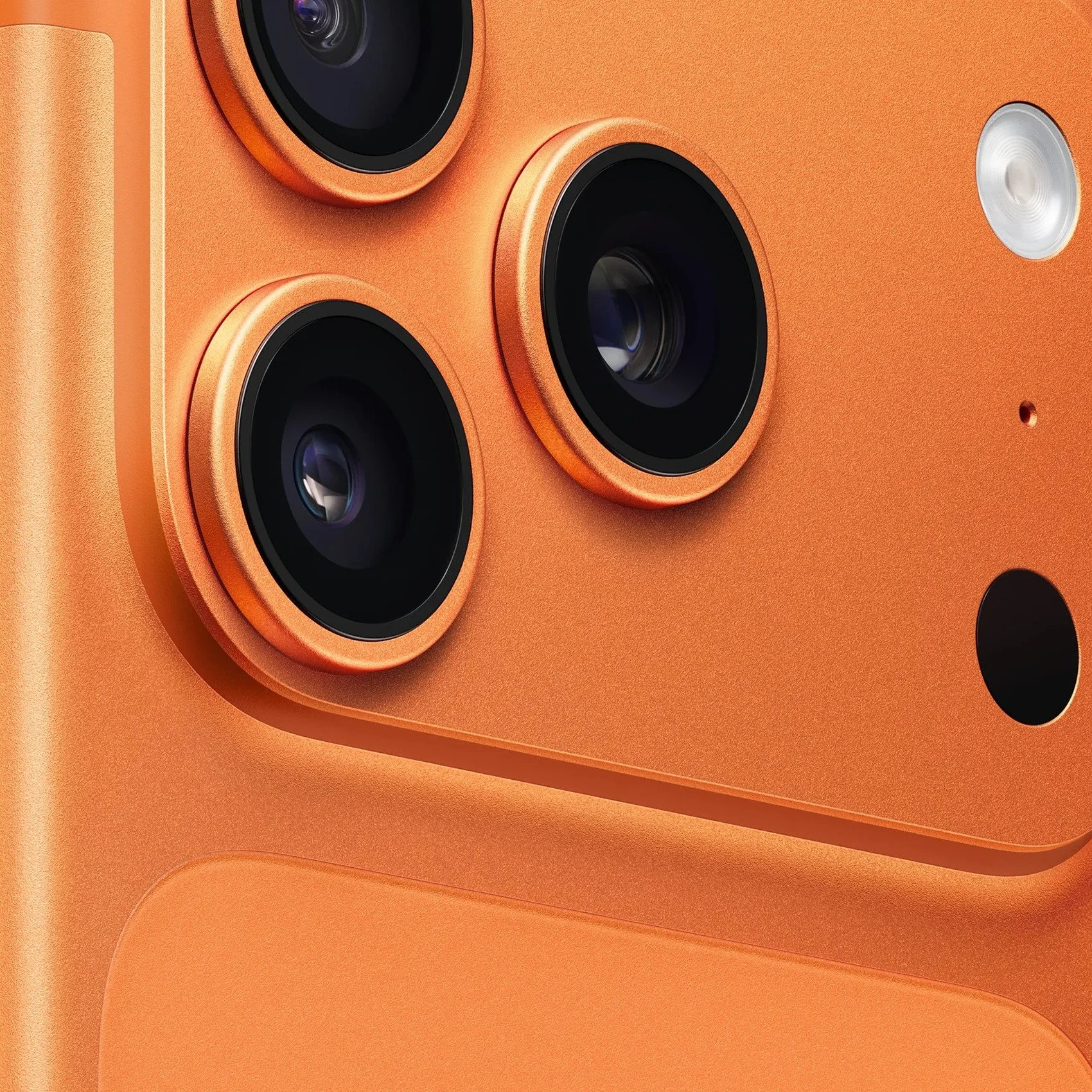Autofocus Mode: How to Choose the Right One?
When autofocus was first introduced, in the good old days, you just had two choices: On or Off. Nowadays, a wide variety of cameras—even basic point-and-shoot camera systems, have a dizzying selection of high-tech focusing modes. The truth is that they frighten even seasoned shooters.
Be aware that practically every manufacturer has unique autofocus technology, terminology, and features before we begin. The interface used to access these modes varies considerably between models, which just adds to the confusion. So, keep in mind that while we will concentrate on the fundamentals in this article, grab your camera and your camera's operating handbook and get ready to delve into the somewhat puzzling world of focusing modes.
You may access and modify your camera's most fundamental focusing settings by pressing a button or switching a button on the device. There are often three or four basic focusing settings available on current cameras.
Manual
The focus is manually adjusted by the photographer. Although this article is about autofocus, the distinction between manual and autofocus can typically be difficult to determine on newer autofocus cameras. When you manually focus on some cameras, the lens' autofocus motors are activated to move the focusing lens or group. Other cameras include a helicoid that you spin to rotate the glass, entirely disabling the focusing function. It's crucial to be aware that various autofocus technologies can help you with manual focus tasks.
Single
The simplest type of autofocus is one shot, often known as S-AF, single servo, AF-S, or S. Generally, to lock focus on a subject on which you have placed the active autofocus sensor, you push the shutter-release button halfway, or your camera may have a separate AF-ON button. To capture the photo, fully press the shutter button. What's the benefit? Simplicity. You focus the camera, then you aim, and boom! What is the drawback? Did you target move? Was it you who moved? That original focus solution is no longer applicable if the distance between the camera and the subject has changed. As a result, you must start it all over again.
If your camera has a front-mounted “autofocus assist” light, you probably need to be in this mode to get the lamp to shine on the scene, so the camera can focus.
Continuous
The camera's electronic brains start to perform some really clever things to assist you to maintain your subject in focus when you use Continuous AF, C-AF, AI Servo, AF-C, etc. Typically, the camera tracks an item as it travels in the frame after locking onto the desired subject you choose using the focusing point(s). The camera will alter focus if you move, the locked target moves in relation to you, or both. What's the benefit here? Now you can caption with ease dynamic circumstances involving active sports, quick children, or roving wildlife. What is the weakness?
Hybrid
When using AI-Focus, Auto-Servo AF, AF-A, etc., the camera analyses the situation and picks whether to provide single or continuous focusing assistance for the photographer. What's the benefit? You let the camera makes the decision. What is the drawback? The camera still can make a wrong decision. Since it is seen to be more beneficial for beginning photographers, this setting is often absent from professional cameras. Your results with this setting, nevertheless, will undoubtedly be excellent given the processing capacity of modern cameras. Whether you use it or not will depend on how much control you desire over the image.
AF Area Modes
We've just discussed the fundamental modes that you will probably come across on a recent autofocus camera. Depending on the model and type of your camera, you may be given a variety of additional options after the basic modes, most of which give you some control over how the camera selects focusing points or regions of points. Even though it's almost impossible to cover every setting on every camera, let's get lucky and look at the list of the many modes you could come across. Did you get out your handbook before you began to read? So you’d better do that now. Even though they are all extremely similar, as you will soon discover, they also each have unique characteristics that you must be aware of to use them effectively.
Single-Point: Nowadays, a lot of DSLR cameras provide single-shot or continuous autofocus on a variety of different focus locations. When autofocus first came about, the single point was in the center of the picture. Nowadays, DSLR cameras provide literally thousands of options through various interfaces. The maximum aperture of the lens may affect the number of active points; a larger aperture produces more light and active points. Furthermore, not every focal point is created equal. Crosshair-type points, which only “see” in one dimension, are more accurate than vertical line points because they search for two-dimensional contrast detection (or, to put it another way, both “guys” – the phase and the contrast detection are measuring the contrast).
Focusing practically everywhere in the frame is possible with many modern cameras that employ contrast detection autofocus. You may activate focus points using a variety of commands, including just tapping the back LCD area where you want the camera to concentrate.
Group: Similar to the Single-Point Mode, this method activates several focus points and assesses the data from that series of points. This is very helpful for shooting action scenes. If you are monitoring a subject, the group mode will make an effort to maintain tracking even if the point in the group's center loses track. This group mode is currently used by numerous cameras to identify faces and hold onto the closest eye, monitoring it as it moves.
Dynamic: Much to Group Mode, the camera locks on a single point and then follows the item if it travels to nearby points, even spots where Group Mode wouldn't otherwise be activated. The camera will modify the focus points as necessary to assist you, even though it expects you will strive to maintain the item in that same location.
Automatic: The camera handles all the efforts of focusing on your behalf. The mode may look for skin tones and lock onto a subject in the frame, depending on the camera, or it may analyze data from many points and just lock onto the closest item. This is an excellent option to use if you want to concentrate on composition or other things while taking pictures.
Video: Although it's not a mode, new mirrorless and DSLR cameras that can record video may have specialized focusing settings that work best when recording with your camera.
Are you mixed up? Overwhelmed? Of course!
The greatest method to advance your knowledge and confidence right now is to play around with your camera's various modes and observe how they perform while taking different kinds of pictures. Do you still have your handbook on hand? Excellent. That's what you need right now! Switch between the basic and/or area modes, so you may instruct the camera on what you want it to focus on if you are out taking pictures and discover that it is acting unpredictably when it comes to focusing.
Finally, don't be intimidated by manual focus. This is the sole method you, and only you can determine what is in focus in a given frame. It is demanding, but it may also be enjoyable, and it may broaden your creative horizons. Use the camera's technology to assist you in manually focusing, and if you use glasses, either keep them on or set the diopter on your viewfinder to correct your eyesight before embarking on a manual-focus trip.
Now go out there and explore, snap, and taste your abilities!




















